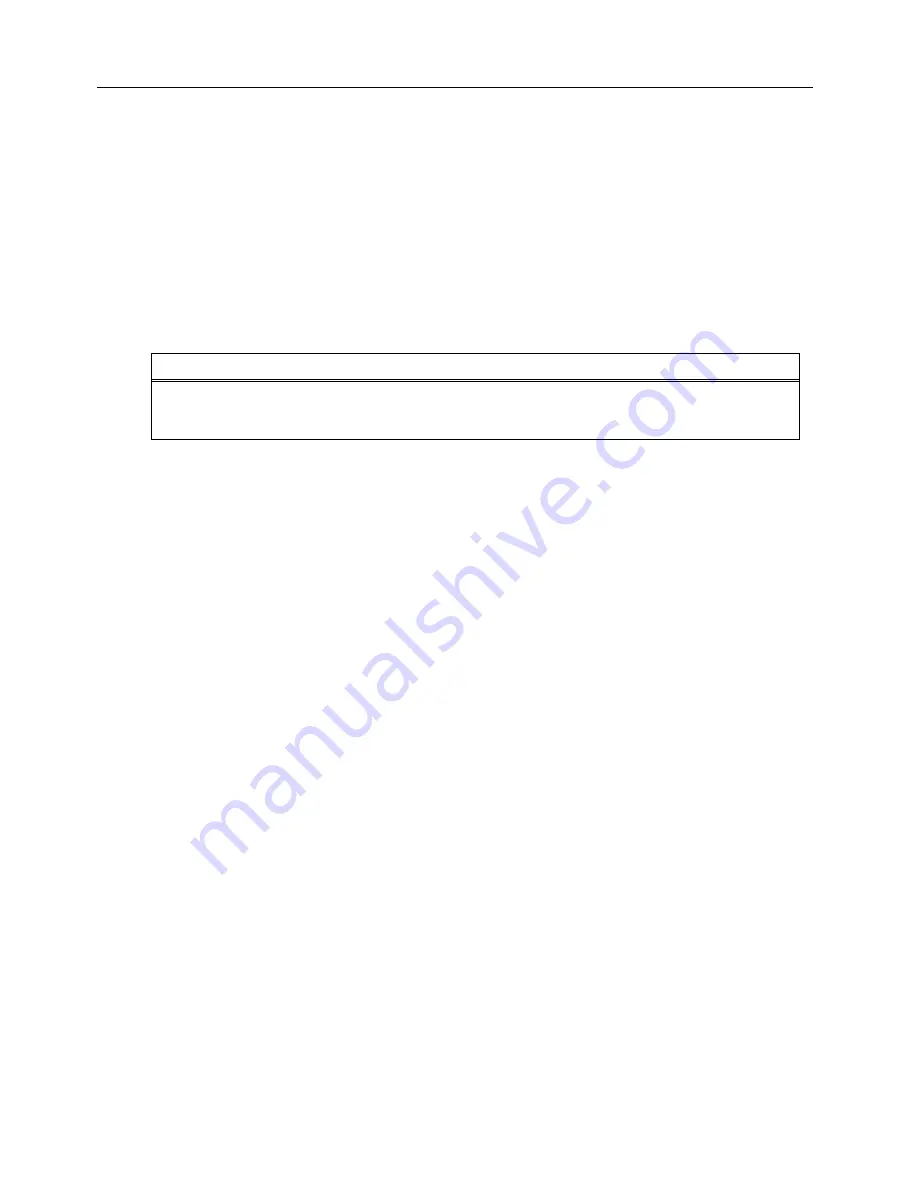
Installation, Operation and Service Manual
LKP Series
© 2016 DynAmp, LLC
Page 29
041738 I
7. MAINTENANCE & SPARE PARTS
7.1 PERIODIC MAINTENANCE
As is true with any electronic circuitry, proper maintenance will prolong the service life.
DynAmp, LLC recommends the following program be performed at the recommended
interval to prevent or detect damage to the LKP system and to ensure continuing high-
accuracy performance. Always use appropriate measures to correct any problems found.
Following the suggested maintenance schedule may assist in early diagnosis of
problem(s) to minimize repairs and down time.
IMPORTANT NOTE:
Keep organized, accurate recorded data (forms, etc.) from each Periodic
Maintenance. This information may be invaluable in troubleshooting a malfunctioning
LKP system.
7.2 ANNUAL MAINTENANCE
Perform the following steps at least once per year. If LKP system equipment is exposed to
outdoor temperatures, DynAmp, LLC recommends these steps be performed during the
hottest time of the year.
The following procedures should be performed at the recommended interval to prevent or
detect damage to the LKP system and to ensure continuing high-accuracy performance.
Use appropriate measures to correct any problems found.
A.) Repeat voltage measurements given in "Magnetic Centering" procedure to ensure that
no significant change has occurred from the data recorded at startup. A large change
in the amplifier output voltage of a given channel (compared to other channels) may
indicate trouble in the channel. If all channels change proportionally, then that might
indicate a change in the bus current. A lesser, but significant, change in a voltage
measurement should be corrected by re-centering the head. Remember that channel
voltages will vary slightly depending on the ambient temperature of the head.
B.) Measure and record the Hall device dc power supply voltage.
C.) Visually inspect Measuring Head and interconnection cable for evidence of severe
overheating or excessive corrosion. Record any suspect conditions.
D.) Inspect and touch-up the seals between the window insulation and the aluminum frame
of the head. Reseal as necessary.
E.)
Inspect & replace if required the gasket between the cable connector and the mating head
connector.
F.) Inspect the condition of the pins and sockets and clean out any corrosion.
G.) Visually inspect Metering Unit and signal converter(s) for evidence of severe
overheating, or excessive corrosion. Record any suspect conditions and take
appropriate action.
H.) Inspect all bolts on the head and torque any that might have come loose. Observe
proper torquing techniques and specs carefully.







































